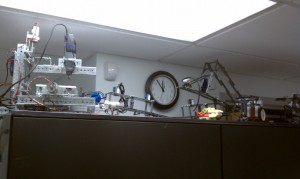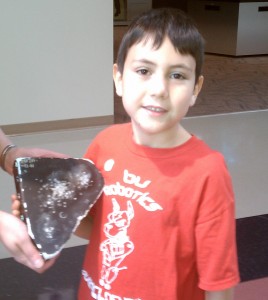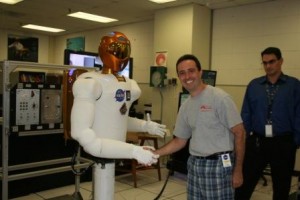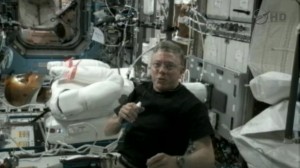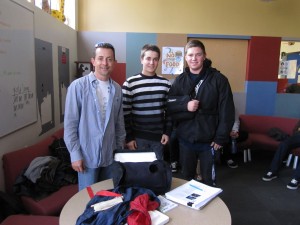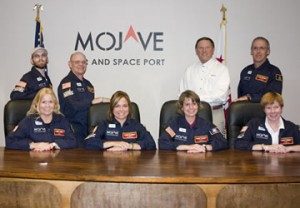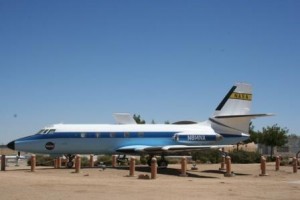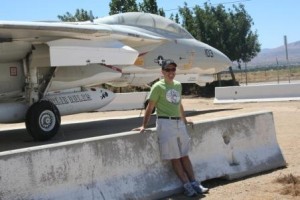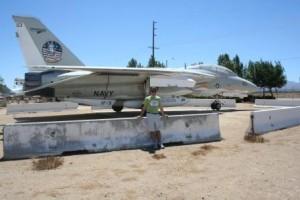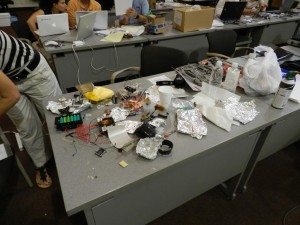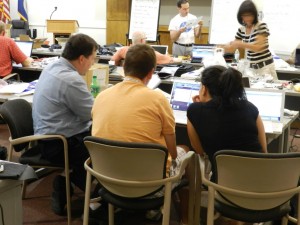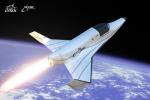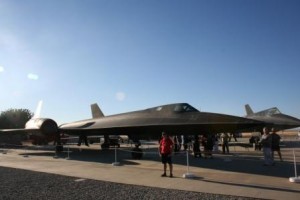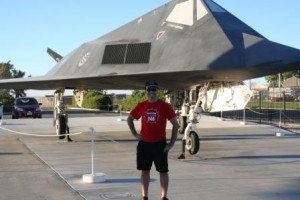So as I have mentioned, I am on sabbatical, working at the Tuft’s Center for Engineering Education and Outreach.
It is an exciting place, with educational engineering research combined with software and hardware development.
As you walk down the hall to my desk, you see
And of course, there are LEGOS everywhere. If I look up from my desk, this is the view
And over to my right
And right behind me
The main project I am working on is called InterLACE, which is based on the Robobooks project. We are developing a platform which teacher’s can use in the classroom to aid in allowing students to collaborate in inquiry based learning. As we develop this platform, the subject content will at first be physics, but it could easily be extended to other subjects. To develop this product, we have a team of specialists in engineering, education, and computer programming. To test the platform in our first year, I am the Design Team Lead for a group of five physics teachers. So far, the work has involved observing classes taught by our Design Team, researching the features of current products in the market place, and exploring the pedagogy of collaboration and inquiry based learning.
Already in the past five weeks I have begun deep reflection on my own teaching practices. How does one move from a Teacher-centric classroom to a student collaboration based classroom where the teacher acts merely as a mentor and facilitator and minimizes the role as the fountain of knowledge. How can more classtime be spent on inquiry based labs and discussion. In the past few years I have experimented with having Podcasts as recordings of what has happened in a class. In my research, I stumbled on Edmundo the idea of Flipping the Classroom where one creates YouTube lectures of the content before the students arrive in class. This is a major premise of the Khan Academy, where they create 10-15 minute videos on a variety of topics. It is perhaps a sad statement that students now only have an attention span the length of a YouTube video. But perhaps this is the educational medium of the future. I must say, Alejandro likes the Khan Academy videos.
The other main focus is working with LabView my National Instruments. I am working on some physics education projects using LabView. One project involves the physics of music. Another project involves Image Processing. When I reflect back on when I first learned physics under the PSSC curriculum, the idea of image analysis used strobe photography and stroboscopes. Nowadays, students can use their cell phone cameras to gather video footage of their laboratory work. With image analysis, they could gather data they cannot with simple motion sensors. High speed and infrared cameras are coming down in price and opening new doors. It is only a matter of time before the next iPhone comes standard with a High Speed IR camera!
And of course, then there is some work with LEGOS and Tetrix, or metal LEGOS as my son Leonardo calls them.

